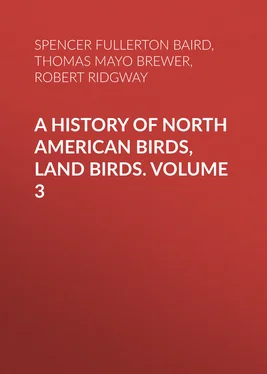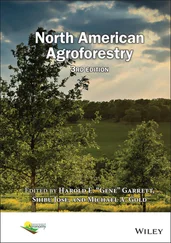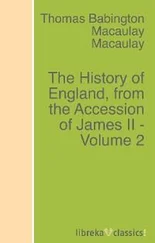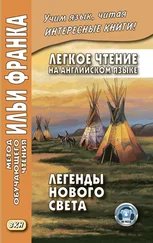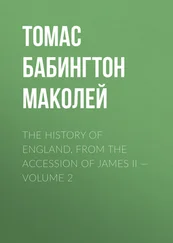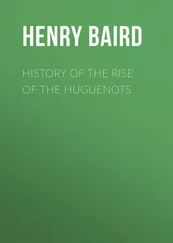Sp. Char. Adult (♂, 52,820, Mazatlan, Western Mexico; Col. A. J. Grayson). Above dark slate, with a bluish-plumbeous cast, and uniform over whole surface (wings included) from nape to tail. Anteriorly the tint is almost black, this covering continuously the whole upper and lateral portion of the head, reaching down to the throat, and forming a broad angular projection over the cheeks, which are purer black. All the feathers above darker centrally, but the obscure spots so formed mostly concealed; shafts of the feathers inconspicuously black; upper tail-coverts each with two broad transverse spots of black. Secondaries, primary coverts, and primaries uniform dull black; the former, and inner feathers of the latter, very narrowly ashy-whitish on terminal border,—the coverts with a bluish shade terminally. Tail black (dull light brown at apical margin), crossed with about six obsolete narrow bands of plumbeous, these changing to narrower white bars on the inner webs. Chin, base of maxillæ, throat, sides of the neck, and jugulum, ochraceous-white, the ochraceous tinge deepest posteriorly; breast (broadly across) and sides black, with numerous narrow transverse bars of reddish-white, becoming more ashy posteriorly; abdomen, anal region, tibiæ, femorals, and lower tail-coverts uniform deep, almost castaneous, rufous. Lining of the wing dull black, with circular ochraceous-white spots, but former predominating; whole under surface of primaries and secondaries a similar blackish-dusky, the former with narrow transverse elliptical spots of white, of which there are eight (the first and last merely indicated) on the longest quill. Wing-formula, 2–1–3. Wing, 7.70; tail, 3.95; tarsus, 1.20; middle toe, 1.20. Tail slightly emarginated; second and third feathers longest (counting from exterior).
♀ (5,218, Mazatlan; Colonel Grayson). Almost precisely similar to the male; less contrast between blackish-plumbeous of the nape, and more bluish of the back; bands on tail five in number; bars on black beneath more reddish. Wing-formula same. Wing, 8.80; tail, 4.40; tarsus, 1.30; middle toe, 1.30.
Juv. (Bryant Coll. 1,531, Orizaba, Mex.). Above continuous dull black, without bluish cast or concealed spots; tail-bands narrower, purer white; black beneath duller, transverse bars more obsolete, broader, and pale rusty; chestnut-rufous of posterior lower portions lighter and less uniform; lower tail-coverts with broad transverse spots of plumbeous-black. Wing-formula as in adult. Wing, 8.75; tail, 4.40.
Two young males from Tehuantepec, Mexico (Nos. 613 and 613, May 16, 1871; F. Sumichrast), differ from that described above in some remarkable respects: the upper parts are in one black, but without the rusty margins to the feathers; in the other, almost exactly as in the adult plumage described. The lower parts, however, are most different; the throat and jugular are uniform deep soft ochraceous, with a few longitudinal streaks of black near the black abdominal patch; the bars in this last are deep rufous, and the terminal band of the tail is also deep rufous. The weak bill, and soft, blended character of the plumage, indicate unmistakably the very young age of these specimens, which are also marked “very young” by M. Sumichrast.
In colors, as well as in size and form, this very handsome little Falcon closely resembles the F. severus , Horsf., of Manilla and the neighboring East Indian Islands; the main difference is that in that species the lower surface is wholly deep rufous, instead of partly black.
List of Specimens examined. —National Museum, 11; Boston Society, 6; Philadelphia Academy, 7; New York Museum, 3; G. N. Lawrence, 3; R. Ridgway, 2. Total, 32.
Measurements. —♂. Wing, 7.20–8.80; tail, 4.20–5.10; culmen, .45–.55; tarsus, 1.25–1.50; middle toe, 1.15–1.30. Specimens, 13. ♀. Wing, 8.50–9.00; tail, 5.00–5.50; culmen, .58; tarsus, 1.48–1.55; middle toe, 1.30–1.40. Specimens, 8.
Hab. Tropical America, northward through Central America and Mexico almost to southern border of United States.
Localities: Veragua, Scl. & Salv. 1869, 252.
Falco ( Æsalon ) lithofalco , var. lithofalco (Gmelin). Accipiter lithofalco , Briss. Orn. I, 1760, 349. Falco lithofalco , Gmel. S. N. 1789, 278. Æsalon lithofalco , Kaup. Ueb. Falk. Mus. Senck. 258. Falco regulus , Gmel. S. N. 1798, 285. Accipiter æsalon , Briss. Orn. I, 1760, 382. Falco æsalon , Gmelin, S. N. 1789, 284.—Yarrell, Hist. Brit. B., ed. 1871, 74. Hypotriorchis æsalon , Gray, Gen. 1844, Sp. 10. Falco intermixtus , Daud. Tr. Orn. II, 1800, 141. Falco emerillus , Savigny, Descr. Egypt, Pt. I, 1809, 100. Falco sibiricus , Shaw, Zoöl. VII, 1812, 207. Falco cæsius , Meyer, Tasch. deutsch. Vög. I, 1810. Falco subæsalon , Brehm, Vög. Deutsch. I, 1831, 67.
Hab. Europe and Western Asia; Iceland.
List of Specimens examined. —National Museum, 8; Boston Society, 4; Cambridge Museum, 3; New York Museum, 2; Philadelphia Academy, 3. Total, 20.
Measurements. —♂. Wing, 7.60–8.00; tail, 5.10–5.30; culmen, .45–.50; tarsus, 1.35–1.45; middle toe, 1.15: specimens, 10. ♀. Wing, 8.60–9.00; tail, 6.00–6.30; culmen, .52–.55; tarsus, 1.45–1.47; middle toe, 1.20–1.25: specimens, 10.
